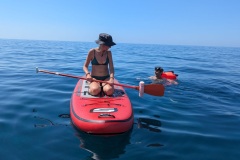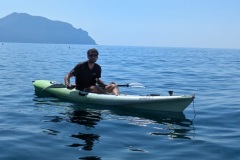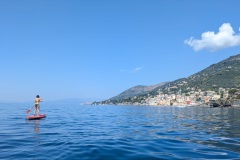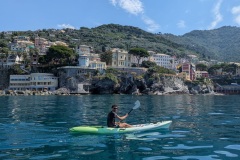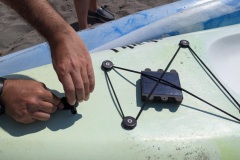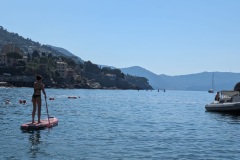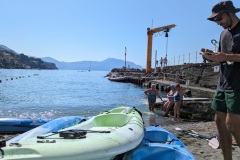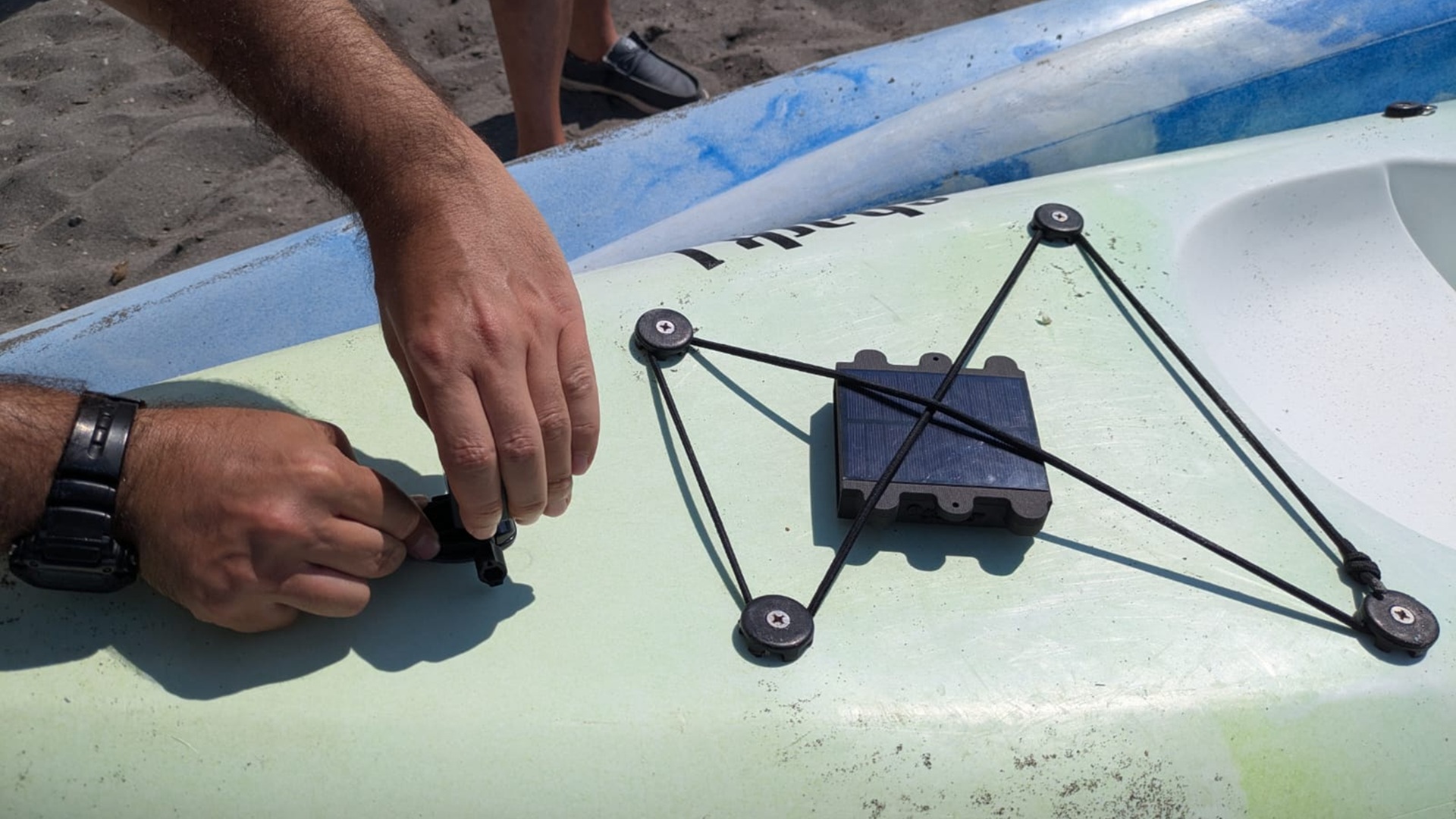
The experimentation activities within the Be.Ci.S – Be a Citizen Scientist project, part of the Spoke 3 program, continue in Bogliasco. The project aims to develop and validate an integrated environmental monitoring system based on a participatory approach that actively involves citizens.
As part of the planned activities, Outdoor Portofino, the lead partner of the Be.Ci.S project – which participates in the RAISE ecosystem thanks to funding obtained through cascading calls from Spoke 5 related to Spoke 3 themes – has launched a new testing phase of sensors developed by IoTopon S.r.l., focusing particularly on detecting environmental parameters in marine and coastal areas.
The tests took place along the Bogliasco coastline, using sensors installed on light watercraft during kayaking and stand-up paddle excursions. The experiment demonstrated the device’s extreme ease of use, even for non-expert citizens, confirming the project’s goal to make scientific monitoring accessible to amateur athletes and nature enthusiasts alike.
Currently, the sensor can detect over 20 environmental parameters related to weather, air quality, and water quality. Each measurement is georeferenced and automatically mapped, accessible via an app or remotely from a PC. Data flows into a centralized database supporting research initiatives, scientific outreach, and educational activities. Particular attention is given to analyzing climate change and the contribution a network of active citizens can provide in large-scale data collection.
One of the project’s distinctive features is the sensor’s versatility, designed for use in diverse outdoor contexts – from cycling to aquatic activities. Its compactness, light weight, and adaptability make it ideal for daily and spontaneous use, enabling anyone to collect valuable data for science.
Confirming the project’s participatory approach, a citizen engagement program has been launched, selecting a group of ambassadors. These volunteers actively participate in the testing phase, collecting marine data that are sent and validated daily. This is a concrete example of the value of citizen science and the potential contribution of each individual to environmental research.
Future sensor developments will include new functions, such as measuring water salinity and concentrations of carbon dioxide and sulfur dioxide in marine environments. These advancements will require a broad and accurate database that only a widespread network of active citizens can provide.
The Be.Ci.S project thus confirms itself as an innovative platform for participatory science, combining technology, sustainability, and active public involvement in environmental protection.


